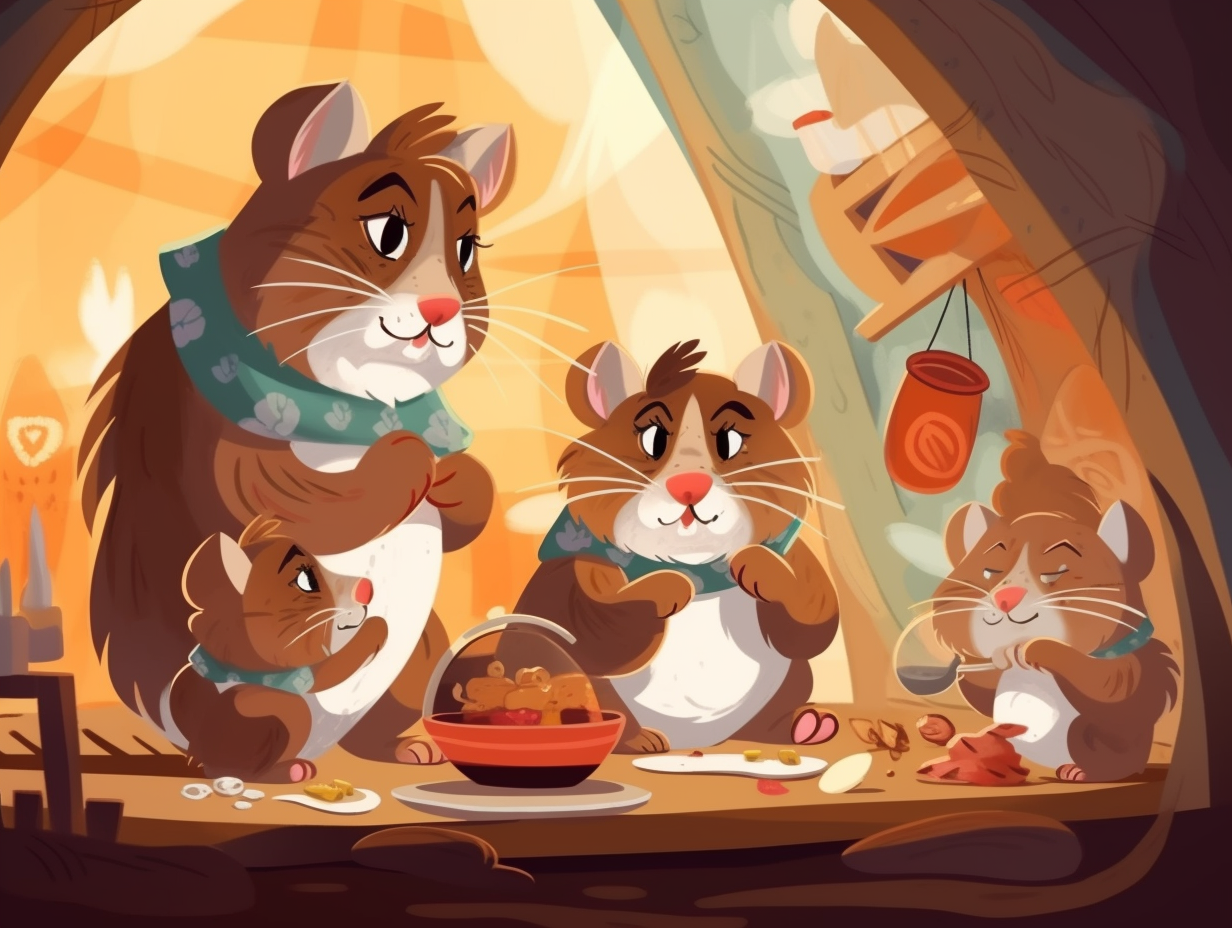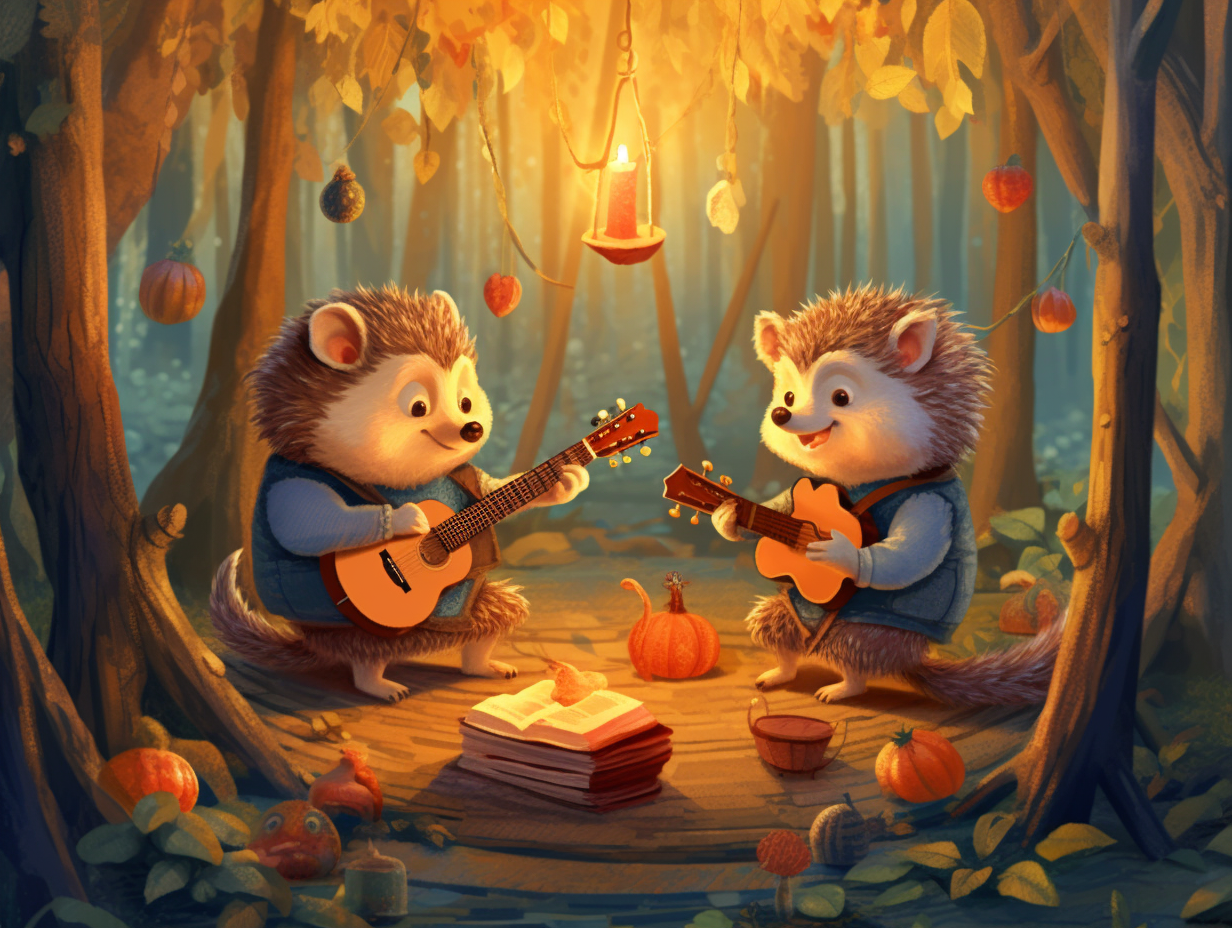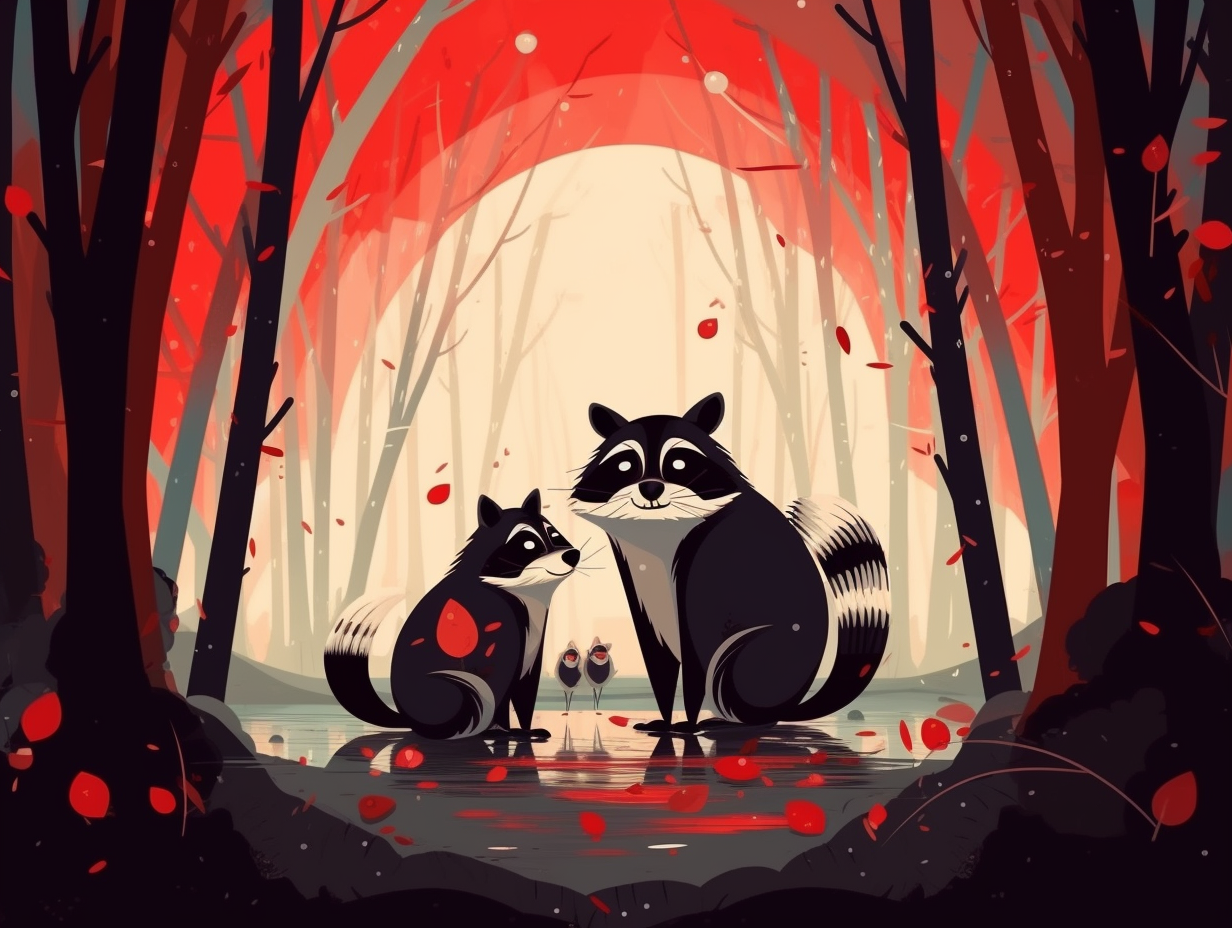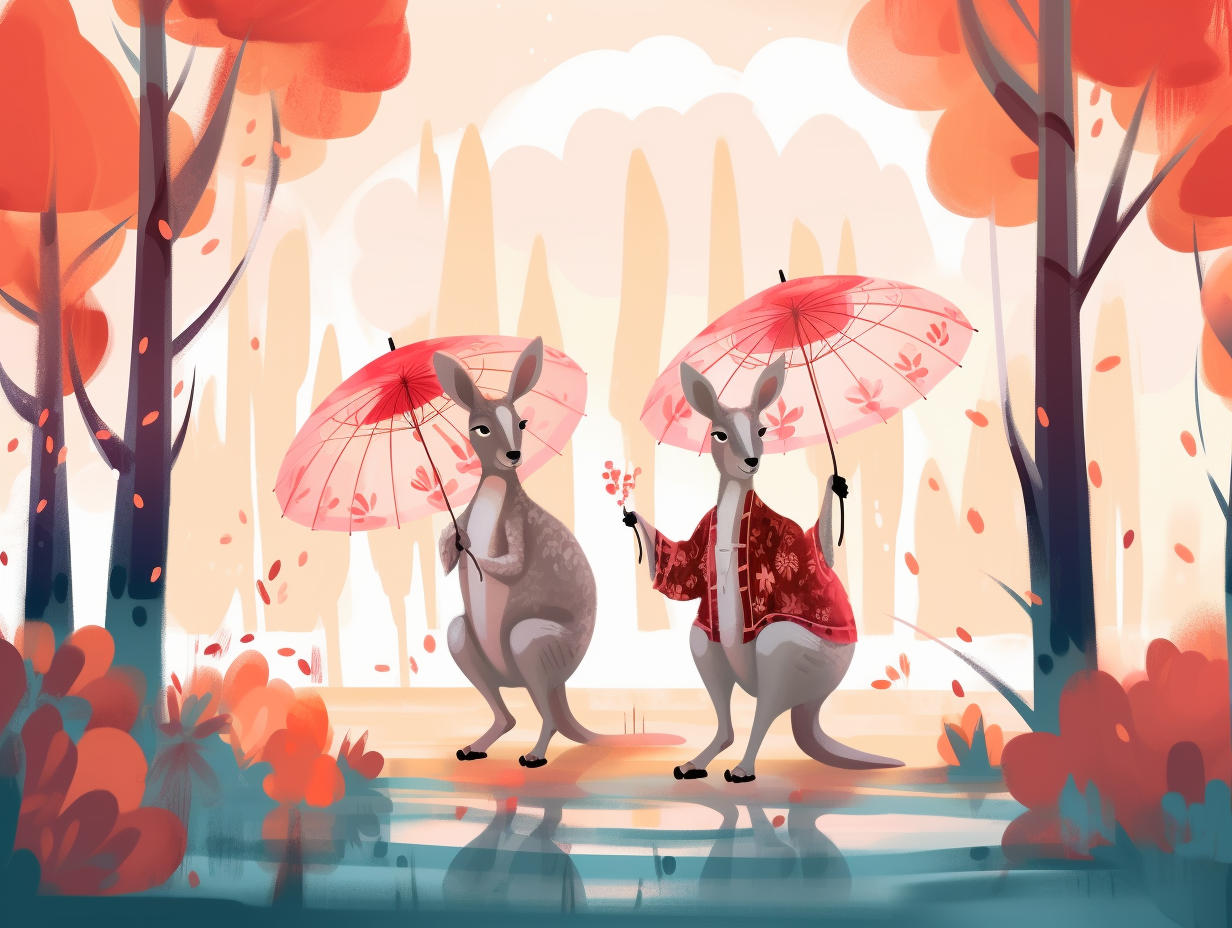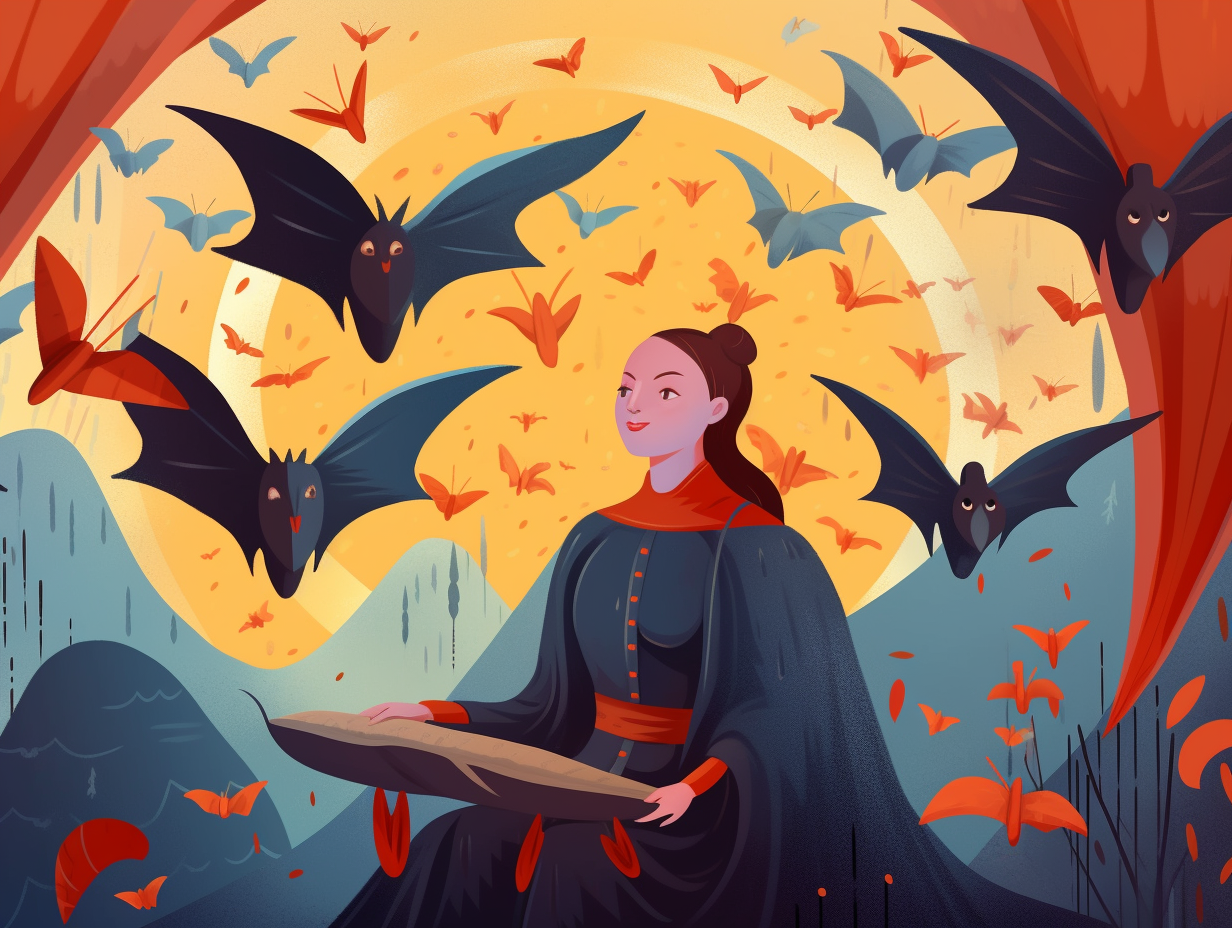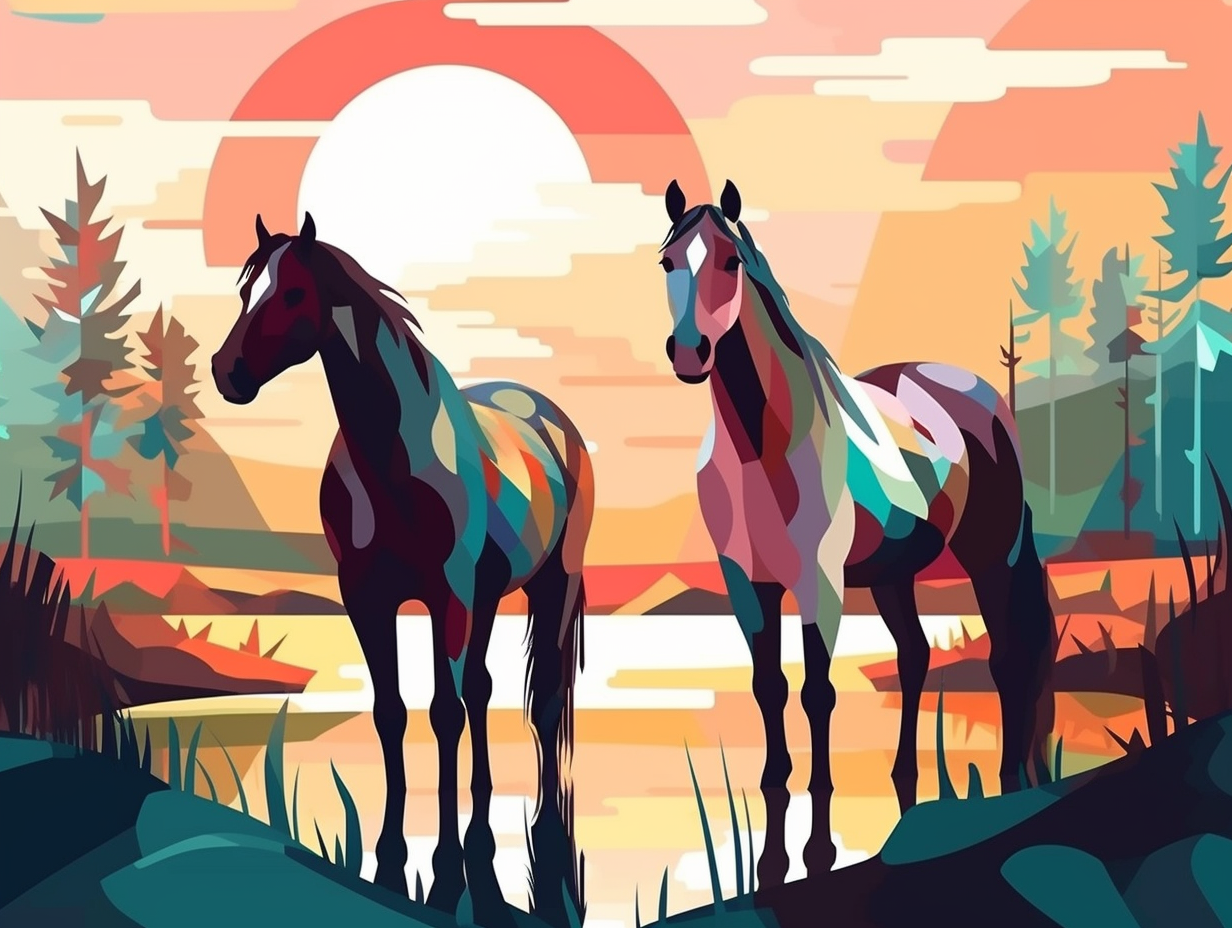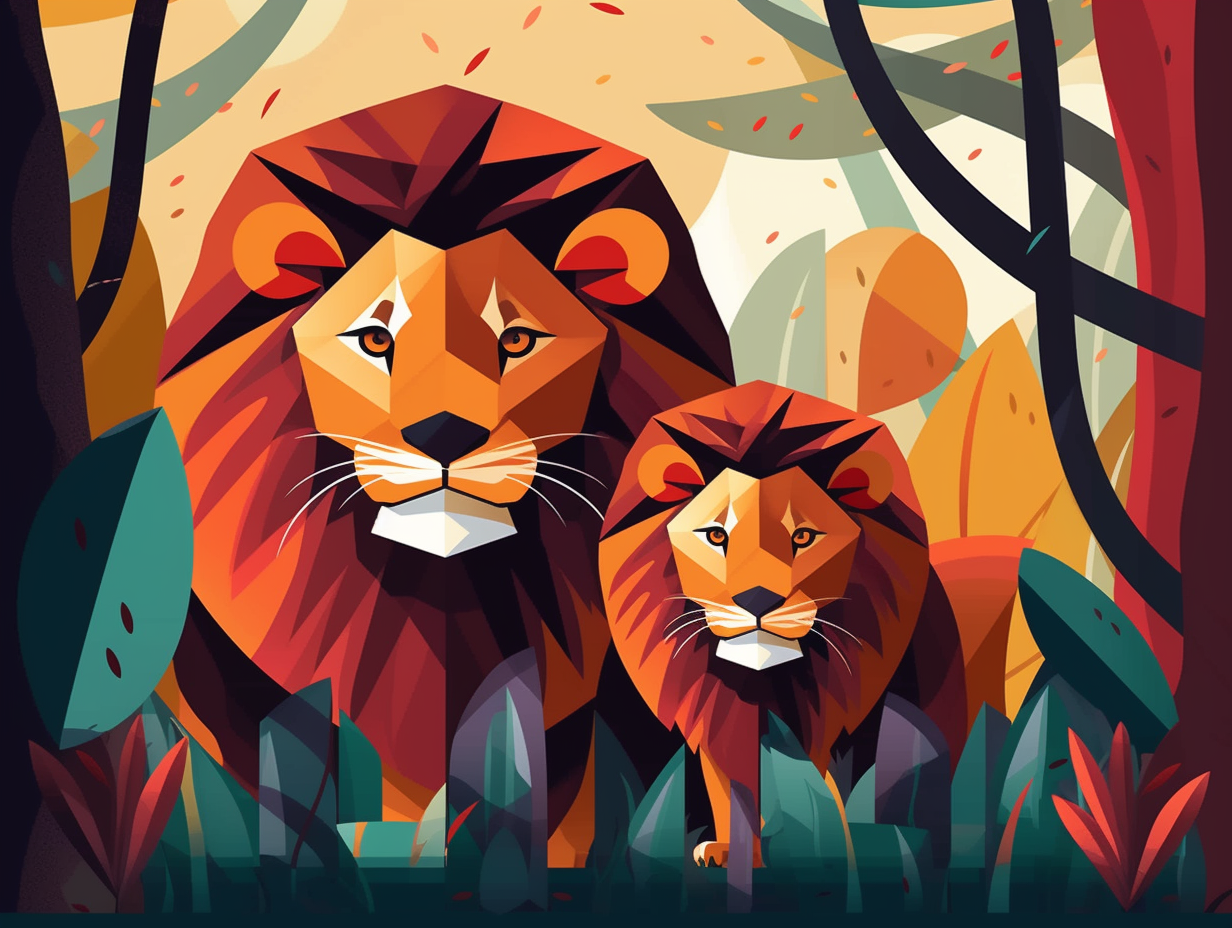Discover the Quirky World of Fainting Goats: Top 12 Fun and Fascinating Facts You Need to Know!
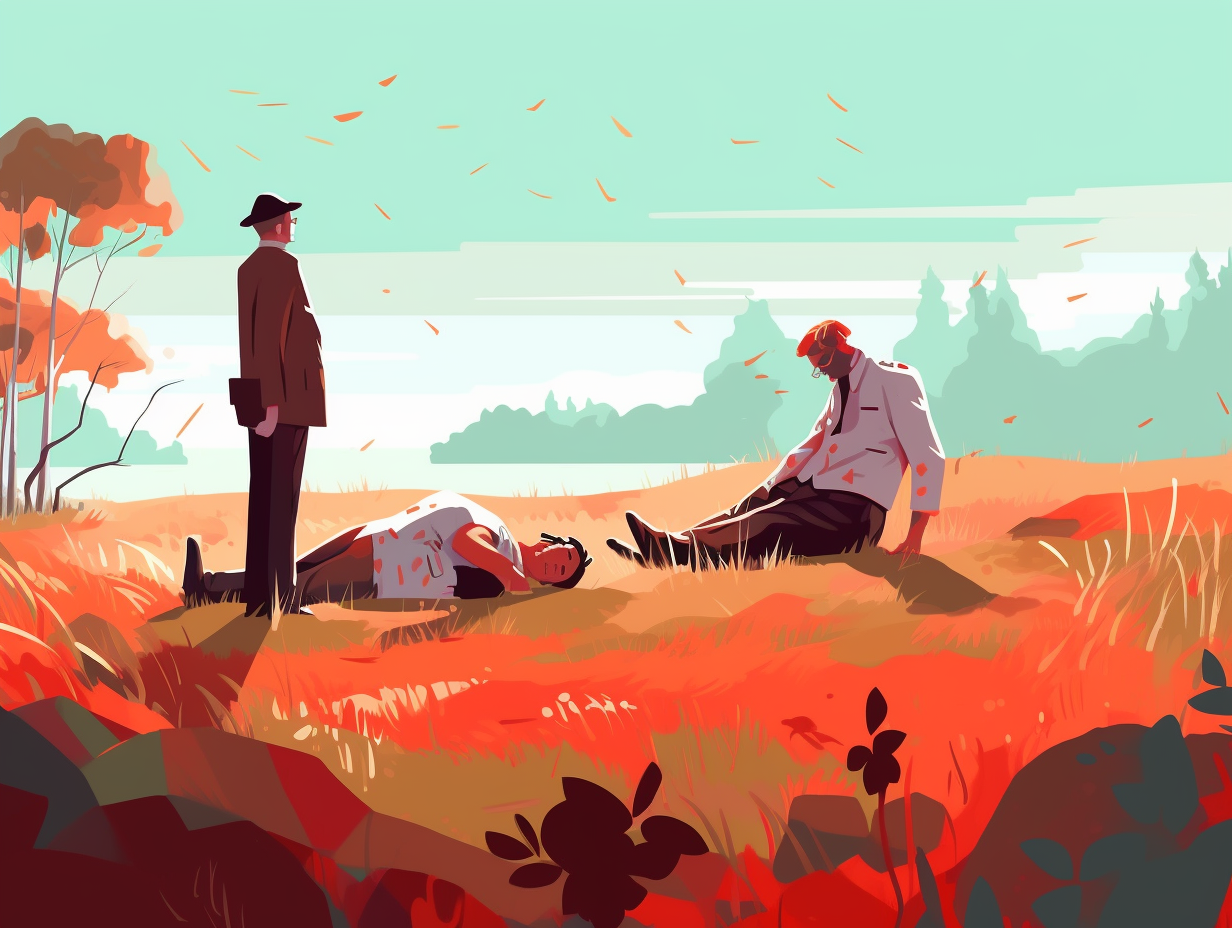
1. Goat Actors with Involuntary Muscle Stiffness
Talk about "scared stiff" – these hilarious Tennessee goats take it quite literally! When emotions run high, these quirky quadrupeds could give Hollywood actors a run for their money, performing a grand fall faint enough to make a southern belle swoon: Known as the Tennessee fainting goat, or myotonic goat, these distinctive farmyard thespians possess a genetic disorder called myotonia congenita, which causes involuntary muscle stiffening when they're startled or excited. Contrary to popular belief, they don't actually lose consciousness. These eye-catching reactions are harmless, allowing the goats to quickly bounce back and go about their daily goat business.
Source => nhm.ac.uk
2. Stage Fright Goats with Beefy Muscles
What do you get when you cross extreme stage fright with a barnyard animal? Fainting goats, of course! These quirky quadrupeds have a knack for falling over at the drop of a hat, or rather, the slightest startle: But fear not, for they aren't truly swooning in a melodramatic fashion, instead, it's their genetic condition called myotonia congenita which induces temporary muscle stiffness, causing them to topple over. As it turns out, this bizarre trait even helps beef up their muscles, making them not only adorable pets but also a favorite among meat producers.
Source => a-z-animals.com

Did you know goats in Morocco climb 30-foot argan trees to snack on fruits, ultimately aiding farmers in producing the highly coveted argan oil? Discover more about these acrobatic helpers!
=> Fun Facts about Goats
3. Goat Freeze Tag Champs
Who needs a game of freeze tag when you've got fainting goats around: A breed known as the Tennessee fainting goat has a hereditary condition called myotonia congenita, which causes their muscles to temporarily freeze in rigidity when spooked by sudden movements or loud noises, though it is not a fear response!
Source => nhm.ac.uk
4. Comedy Star Fainting Goats
If there were ever a goat meant for the comedy stage, it'd be the 'fainting goat,' known to deliver electrifying performances that'll leave you stiff with laughter: These goats, officially called Myotonic or Tennessee Fainting goats, actually have a genetic mutation causing their muscles to freeze and stiffen for several seconds when startled, which is a condition known as myotonia, and don't worry, they're not in pain or actually fainting during these brief immobile moments.
Source => geneticsunzipped.com

5. Toppling Goats with Dramatic Reactions
When life gets your goat, just remember: you could be a fainting goat! Possessing a nack for toppling over at the mere spook of a leaf, these quirky quadrupeds have a rather dramatic response to sudden stimuli: The stiff-arming theatrics, known as myotonia congenita, are actually involuntary muscle contractions triggered by abrupt movements or loud noises, causing the goats to temporarily lose mobility and fall over – but don't worry, they're just fine after a brief rigid intermission.
Source => nhm.ac.uk
6. Four-Legged Drama Queen Goats
Fainting goats: the hilarious four-legged drama queens prone to swooning at the drop of a hat - or perhaps just at the sight of one. The truth behind their theatrics: they're not really fainting, but experiencing a myotonic condition which makes their muscles stiffen and lock up temporarily when spooked. Perplexingly prone to the melodramatics, these goats remain conscious, healthy, and just as peppy as their less theatrically-inclined brethren.
Source => petkeen.com
7. Register Your Goat like an Influencer's Pet
In an era of avocado toast and pedigree chihuahuas, the goats said, "hold my beer": you can register your fainting goats with organizations like the International Fainting Goat Association, Myotonic Goat Registry, and American Fainting Goat Organization to preserve their lineage and maintain breed quality, with registered breeders spanning the US, Canada, and Europe.
Source => goatsunlimited.com
8. Fainting Goats - Source of Cozy Cashmere
Step aside, wooly mammoth: there's a new contender for the coziest sweater source – fainting goats! These dramatically collapsing caprines can yield a stylish little secret: their fleece has the potential to produce cashmere fibers, which can be used to create luxuriously soft garments, rugs, and even tailored clothing. Of course, not every fainting goat's fleece is a jackpot, and selective breeding may be necessary to boost those cashmere production levels.
Source => goatsunlimited.com
9. Dramatic Fainting Damsel Goats
The sheepish cousin of the dramatic fainting damsel, complete with an "oh my" and a hand to their forehead: Fainting goats are not actually fainting but are born with a genetic condition called congenital myotonia that causes them to stiffen and topple over when they're startled or excited. Fortunately, this peculiar trait doesn't harm them or shorten their lifespan, allowing them to live up to 15 years while making for hilarious pets or providing delicious meat and milk.
Source => a-z-animals.com
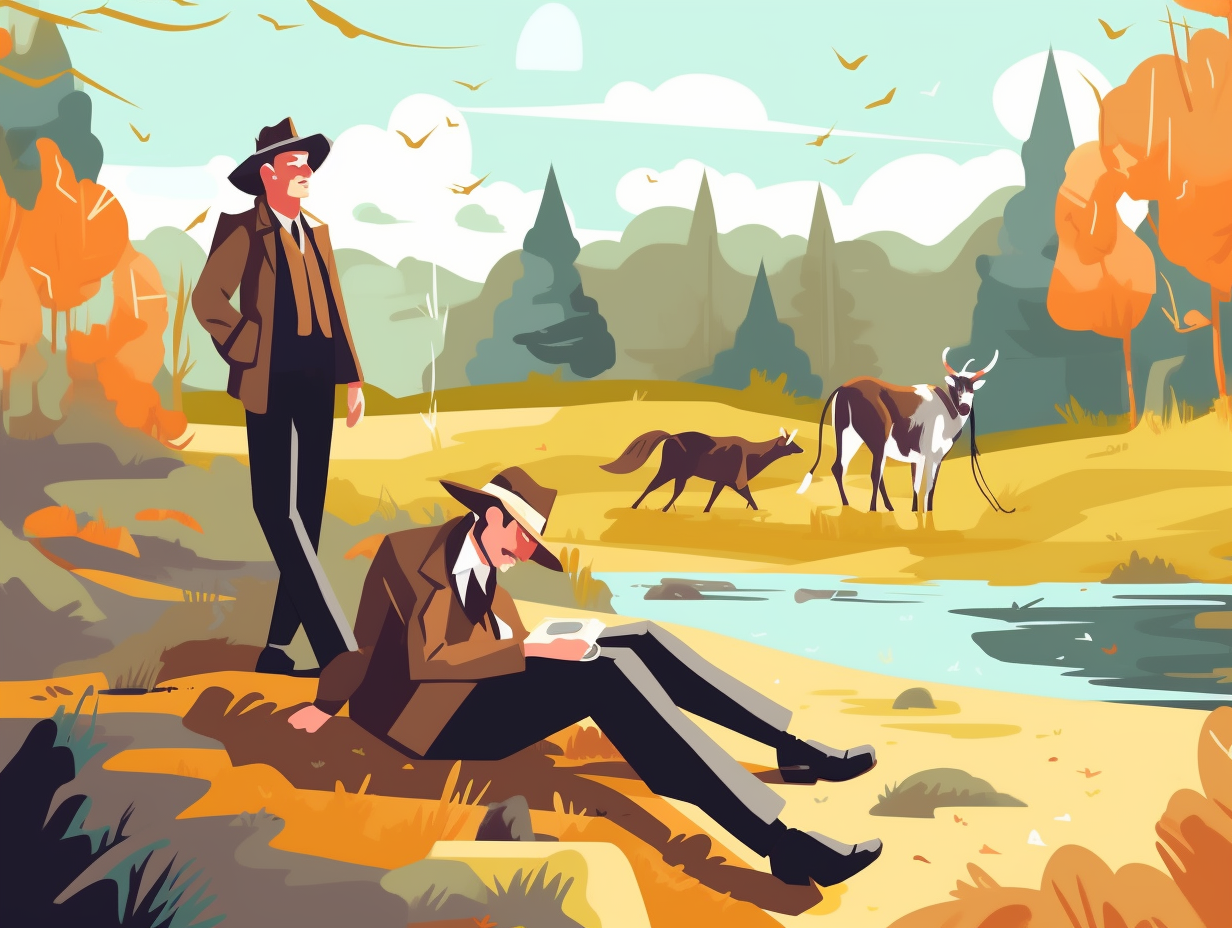
10. Lemonade-Making Goats that Freeze
When life gives you lemons, make lemonade; when it gives you goats, watch them hilariously freeze: Fainting goats, contrary to their name, don't faint, but rather suffer from myotonia congenita, a genetic condition that causes muscle stiffness and temporary immobility when startled, only to bounce back to frolicking normalcy moments later.
Source => en.wikipedia.org
11. Goat Poker Face in Danger
Goats with the greatest poker face, even in the face of danger: myotonic or "fainting" goats experience a temporary paralysis when startled or too excited, causing them to fall over in a dramatic yet harmless fashion.
Source => dutchhollowacres.com
12. Shower Diva Goats with Human-Like Serenades
If goats could sing, they'd be quite the shower divas with their unique human-like serenades: Fainting goats possess a wide range of bleats and vocalizations, influenced by their social surroundings, to communicate hunger, pain, danger, and more.
Source => nhm.ac.uk
Related Fun Facts




